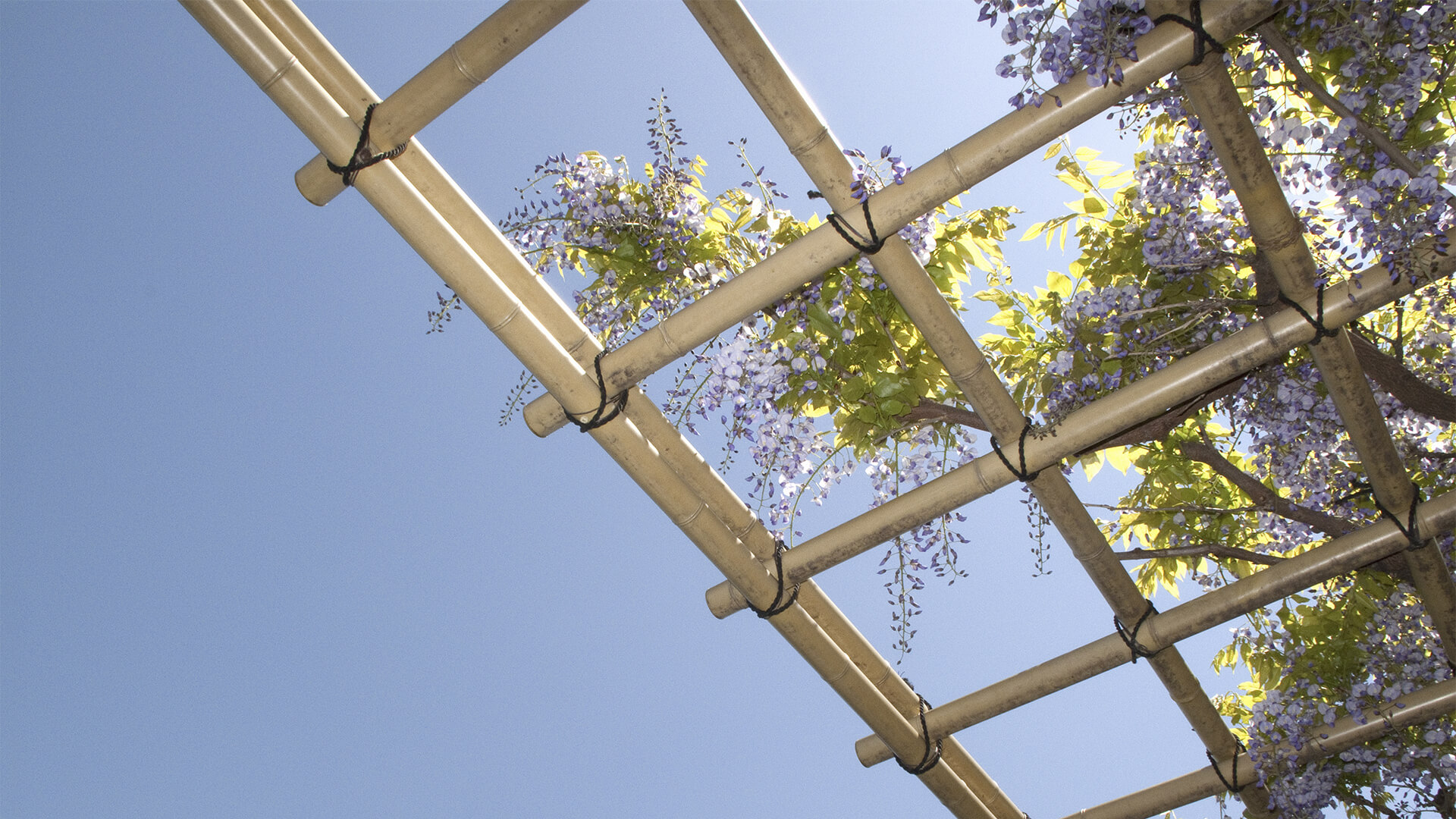As the world adjusts in the shadow of the COVID-19 pandemic, wellness has become the top theme in design. Consumers are thinking more about wellness than ever before as life becomes more concentrated into one or two spaces.
When record numbers of people are working at home, for example, the effect that an apartment or home has on physical and emotional health becomes amplified. Builders can expect to see several trends surge in popularity amidst this wellness awakening, with a few in particular gaining ground.
Flexible Spaces
The home is no longer just a place to relax, sleep, and eat one or two meals a day. While the COVID-19 pandemic may have sparked a surge in telework, surveys have found that large numbers of people want to continue working from home even after it is safe to return to the office.
Additionally, families are adjusting to remote learning patterns which may become long-term. In fact, a surprising 30% of primary school parents reported their children preferred remote learning in mid-2021. At the same time, the COVID-19 pandemic triggered a rise in demand for home fitness equipment, adding yet another function to be integrated into living spaces.
All of this means designers need to reconsider how spaces are going to be used. Flexibility and balance are becoming increasingly important. People need privacy for working, but community remains important. One room may need to suit several different purposes, shifting from living room to remote classroom to home gym throughout a day. Designing spaces with this flexibility in mind will promote a healthy lifestyle balance.
Connection to Nature
Fresh air has become highly valued over the last couple of years, as have the benefits of living close to nature. Houseplants and greenery have been shown to promote numerous wellness benefits, including stress reduction and improved air quality. As a result, many people are looking for ways to add biophilic design to their spaces, from houseplants to accessibility of outdoor spaces.
This might take the form of additional windows in a certain room or a highly functional patio and yard space. Builders will need to get creative and explore ways to connect livable spaces with nature authentically. One of the greatest strengths of this design trend is its sheer flexibility. Plants themselves can take on a myriad of shapes and aesthetics, so designers shouldn’t have trouble finding the perfect plants for just about any client. The vibrant colors of plants add a subtle pop to any room, as well, without throwing off other design elements. Plants go just as well with minimalism as they do with rustic design, for example.
Human-Centric Lighting
Lighting plays a significant role in wellness and people are beginning to realize this in droves. The result is a renewed interest in things like adjustable lighting and varied lighting sources. This touches on a key element of human health: the circadian rhythm.
This is the body’s internal clock, but it does much more than simply tell us when to sleep. The circadian rhythm can be affected by things like lack of natural light or prolonged exposure to bright lighting. This in turn can have a big impact on both mental and physical health.
Human-centric lighting is a movement that focuses on designing lighting for wellness and the circadian rhythm. The benefits can include improved mental health, better sleep, and improved productivity. There’s a variety of tools builders can use to create a human-centric lighting design, from light temperature to brightness and even intelligent sensors for intuitive lighting fixtures.
Sustainable Materials
Architects have compared today’s wellness design trends to the 19th-century Sanitary Movement, citing the way people are changing their perspectives on healthy building materials. The design world is undergoing a large-scale reassessment of the materials commonly used for kitchens, bathrooms, and living spaces, as well as furniture and fabrics.
Not only are alternative materials being eyed for their wellness benefits, but certain materials are also receiving praise for environmental sustainability. For example, bamboo flooring has been found to be stronger than traditional wood flooring and noticeably more moisture resistant. The durability and low weight of bamboo makes it a great, sustainable option for not only flooring but also furniture and even wall panels.
Similarly, consumers are paying more attention to the toxins in the fabrics and materials that go into their spaces, whether it be curtains, furniture, or anything in between. Builders and designers can expect to get more requests for organic fabrics and other materials that are free of heavy metals, formaldehyde, and other toxins.
Designing Healthier Spaces
As awareness around wellness continues to grow, builders can expect to see increasing numbers of requests for things like human-centric lighting, alternative building materials, and flexible floorplans. Wellness doesn’t have to be a limiting factor or unobtainable benchmark, though. In fact, finding ways to design specifically for wellness can help create mindful spaces that promote positivity, community, and connection with the outdoors. Today’s design trends are tomorrow’s design standards, and these trends point toward a future where healthy living is part of the fabric of everyday spaces.
By Evelyn Long, Editor-in-Chief of Renovated.






























